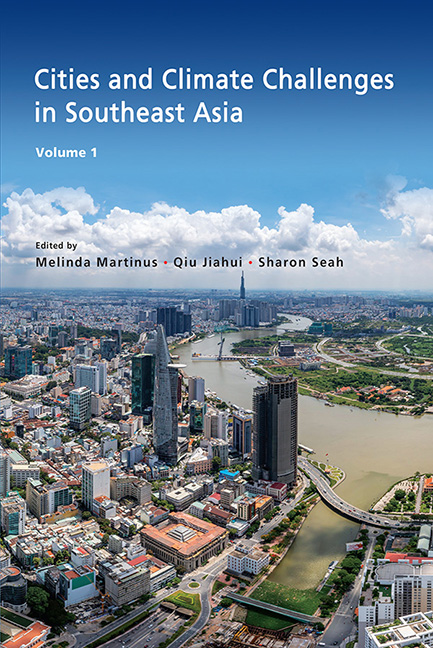2 - Water Security and Climate Change in the City of Baguio
Published online by Cambridge University Press: 09 January 2024
Summary
Summary:
■ Baguio City receives substantial amounts of rainfall every year but its residents are water insecure.
■ As a result of rapid population growth, the demand for water in Baguio City has outpaced the capacity of the Baguio Water District (BWD), a government-owned and controlled corporation, to supply the water requirements of residents.
■ The Baguio Water District has yet to successfully fulfill its mandate of providing adequate, safe, and affordable water to the city.
■ Addressing water insecurity in Baguio amidst the challenges of climate change will require the participation of all stakeholders such as government, private companies, city residents, and nongovernmental organizations.
INTRODUCTION
Baguio is a small highly-urbanized upland city located approximately 250 kilometres north of Manila, the Philippine capital, and 1,400 metres above sea level. With a land area of 57.5 square kilometres and an estimated population of 366,358 in May 2020 (PSA 2021), its population density is higher than most Philippine cities and towns. It is labelled the “summer capital” of the Philippines because of its cool highland climate, which draws foreign and local tourists who seek respite from the generally hot and humid Philippine weather, especially during the months of March, April and May. It usually experiences rainy weather for six months every year, from May to October, and dry weather for the rest of the year. The city receives more rainfall compared to other Philippine towns and cities. Baguio holds the Philippine record for receiving the highest annual rainfall (9,006 mm) in the country in 1910 (WWF-Philippines 2014, p. 13).
Established in the 1900s, Baguio was originally envisioned to serve as a rest and recreation site for American colonial administrators. Designed by American planners at the time to support a population of 25,000 (Morley 2018, p. 4), it had only 841 inhabitants in 1904 (Estoque and Murayama 2013, p. 246). By 2010, the city had an estimated day-time population of 700,000 and a night-time population of 318,676 (Estoque and Murayama 2012, p. 316). People residing in outskirt areas but working within the city account for the disparity in day-time and night-time populations. The city’s night-time population, which reflects Baguio’s real population, is predicted to double by 2045 (Opiña 2014).
- Type
- Chapter
- Information
- Cities and Climate Challenges in Southeast Asia , pp. 9 - 29Publisher: ISEAS–Yusof Ishak InstitutePrint publication year: 2023

